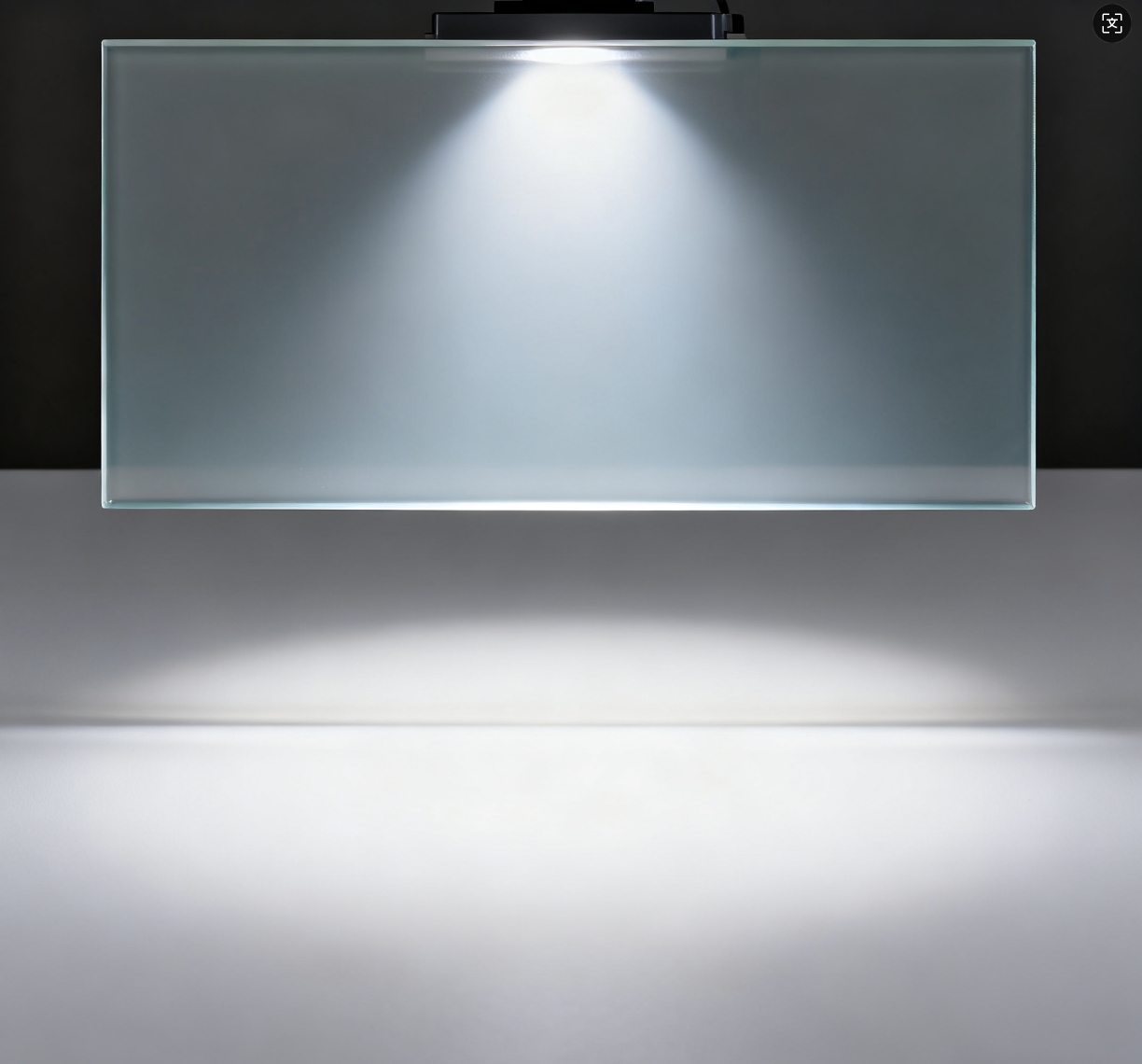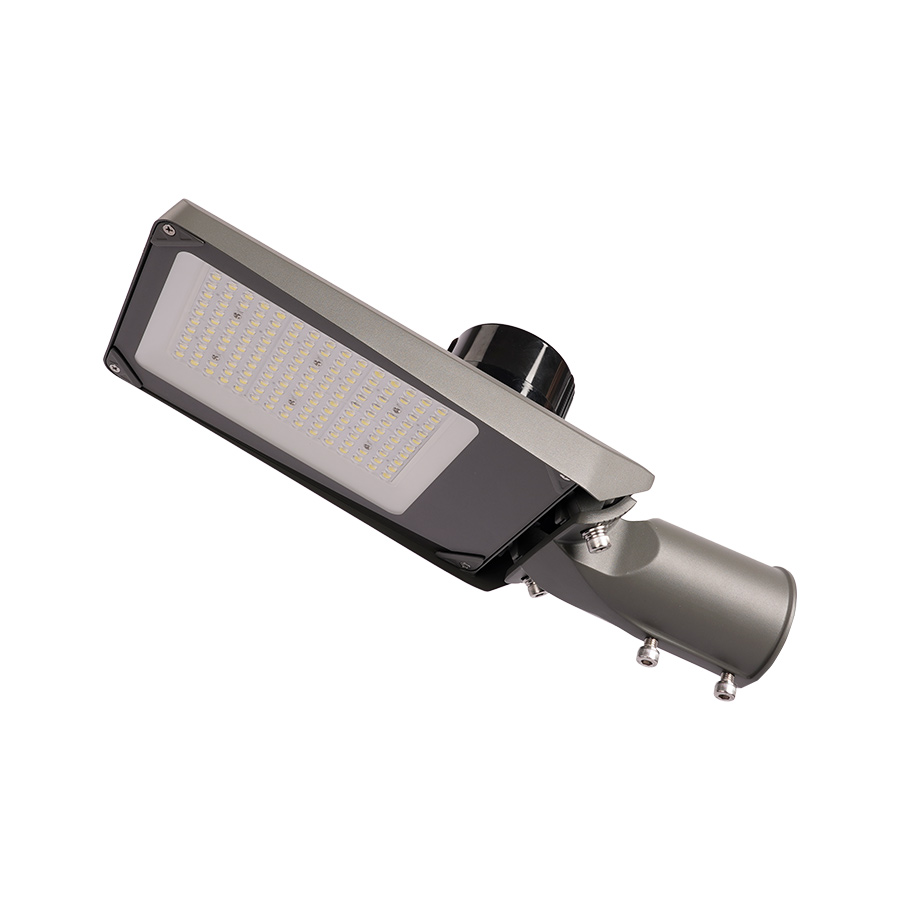1、 What is UGR? Quantitative ruler of lighting comfort
UGR, The Unified Glare Rating is a quantitative indicator developed by the International Commission on Illumination (CIE) to evaluate the degree of glare in indoor lighting environments. Simply put, it intuitively reflects the degree of discomfort caused by lighting to the human eye through numerical values. The lower the value, the softer the lighting environment, the less glare, and the higher the visual comfort.
The calculation of UGR is based on multiple parameters such as the brightness, position, and background brightness of the light source, and its value range is usually between 10-30. According to CIE standards, different locations correspond to different UGR limits: for example, in places where eyes are used for a long time such as offices and classrooms, UGR must be ≤ 19; For scenes with extremely high visual requirements such as hospital operating rooms and precision laboratories, UGR needs to be controlled at ≤ 16 or even lower.
Key knowledge point: Glare is not simply about "too high brightness". It is a phenomenon caused by uneven distribution of brightness within the field of view, where strong light is directly or reflected into the human eye, resulting in decreased visual function and discomfort. The emergence of UGR has transformed "comfortable lighting" from a subjective perception to a measurable and controllable objective standard.
2、 Why value UGR? It doesn't just affect 'eye comfort'
Many people believe that 'as long as the lights are bright enough', but overlook the importance of UGR. In fact, unreasonable UGR not only leads to visual fatigue, but also directly affects work efficiency, health, and even safety.
• Improve work and study efficiency: Research has shown that in lighting environments that meet UGR standards, human attention concentration can be increased by over 20% and error rates can be reduced by 15%. For example, if the UGR in the office exceeds the standard, employees are prone to problems such as dry eyes and headaches, which may reduce their effective working hours by 1-2 hours per day.
Protecting visual health: Long term exposure to high UGR environments can exacerbate the burden on the lens and retina, increasing the risk of eye diseases such as myopia and astigmatism. Especially for children and adolescents, whose vision is still in the developmental stage, they are more sensitive to glare and need to pay more attention to UGR control.
• Ensuring safety in special scenarios: In industrial workshops, warehouses, and other places, high glare may cause operators to be unable to see equipment details clearly, leading to safety accidents; UGR is directly related to decision-making accuracy and life safety in key areas such as the cockpit and control room.
3、 The core application scenario of UGR: These places require "low glare" lighting
UGR is not a single scenario indicator, but rather runs through the lighting design of various indoor spaces. Here are several core scenarios with high requirements for UGR:
1. Office and educational space
In places such as offices, conference rooms, classrooms, libraries, etc., people need to use their eyes in close proximity for a long time, and UGR is recommended to be controlled within ≤ 19. Optimization can be achieved by selecting anti glare lighting fixtures, arranging light source angles reasonably (avoiding direct exposure to the human eye), and increasing environmental background brightness. 2. Medical and elderly care spaces
Scenes such as hospital wards, operating rooms, and nursing homes require extremely high stability and softness of lighting, with a UGR of ≤ 16. For example, the shadowless light in the operating room not only needs to ensure high brightness, but also needs to control the UGR through special optical design to avoid affecting the doctor's operation. 3. Commercial and public spaces
In places such as shopping malls, supermarkets, museums, subway stations, etc., UGR needs to balance comfort and display effect, usually controlled within ≤ 22. Excessive glare can make customers irritable and affect the consumer experience; Reasonable UGR design can highlight product features and enhance spatial grade.
4、 How to optimize UGR? Three key techniques for lighting design
It is not difficult to create a low glare lighting environment that meets the standards. Mastering the following three techniques can easily achieve this:
1. Choose professional anti glare lamps: Priority should be given to lamps with anti glare covers, frosted masks, or deep cup structures, which can effectively block direct light sources and evenly scatter light. The mainstream LED anti glare lights on the market currently have a UGR as low as 16 or below, meeting the needs of most scenarios.
2. Scientific planning of light source layout: To avoid single light sources being too bright or too concentrated, a combination of "main light+auxiliary light" is adopted to ensure uniform brightness distribution. For example, the office can use a grille light panel as the main light, paired with a desk lamp as a local supplement to reduce contrast between light and dark.
3. Control environmental reflectivity: The color and material of walls, floors, and ceilings can affect light reflection, thereby altering UGR. It is recommended to choose light colored and low reflective materials (such as matte latex paint and frosted floor tiles) to avoid secondary glare caused by strong light reflection.
5、 Conclusion: Valuing UGR and ushering in a new era of "comfortable lighting"
From "illuminating space" to "lighting experience", the core of lighting design has shifted from "brightness" to "comfort", and UGR is the key indicator of this transformation. Whether it's corporate renovation, school renovation, or home renovation, understanding and controlling UGR can enable us to enjoy the light while safeguarding eye health and quality of life.


















